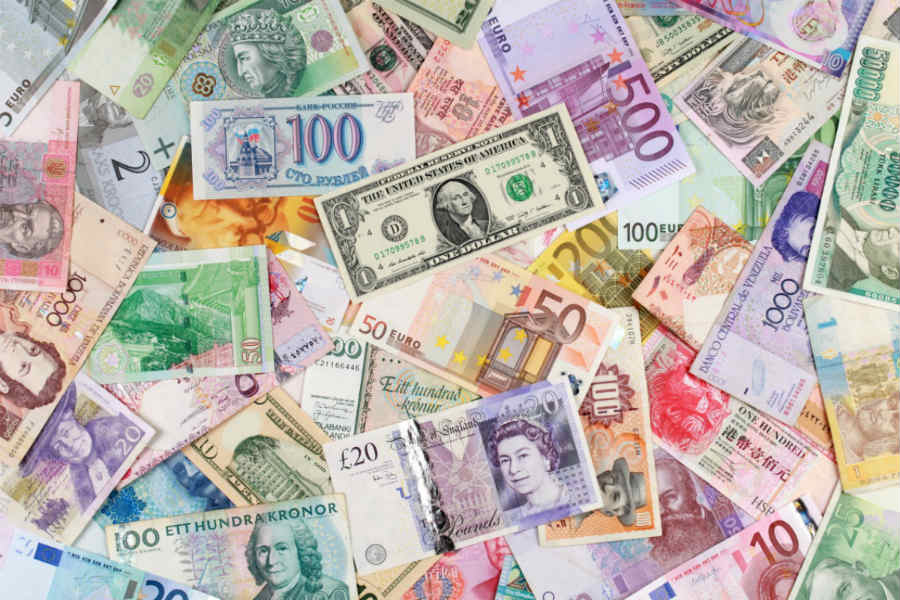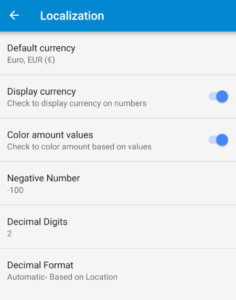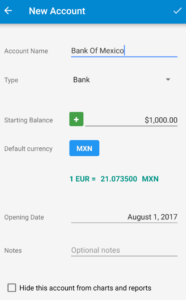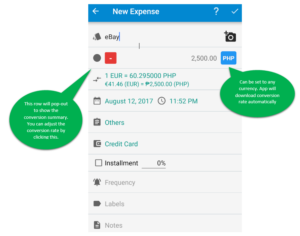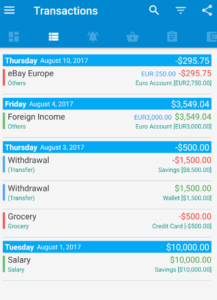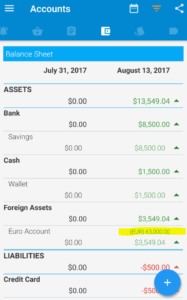Three Level of Currency Support
Bluecoins supports three levels of currency settings:
1. App Level (Default Currency)
- this is the default currency for all transactions and accounts created. It is recommended that you do not change this often, preferably not change at all once set, as all other foreign currency transactions rates will be based on the initial app currency.
- To change, go to Settings > Localization. Bluecoins supports all international currencies.
2. Accounts Level
- can be customized per Account in Accounts Setup. If you have multiple foreign accounts, or a virtual wallet for foreign currencies, this will be a big help. You can setup as many accounts with different currencies as you wish. This feature is available on the Premium Version.
3. Transaction Level
- can be customized per Transaction. Bluecoins will automatically download the exchange for you, but you can adjust it manually. You can also adjust the settings so Bluecoins will use the last currency exchange rate used per transaction (Settings>Remember Exchange Rate).
Transaction List
On the transaction tab, and any lists of transactions or reminders on Bluecoins, whenever you have a foreign currency transaction, the transaction will be shown in both the default and the transaction currency.
Balance Sheet
On the balance sheet, whenever you have a foreign account, the account balance will be shown in both the default and the account currency.
Effective Average Conversion Rate
On the same account, if you have multiple transactions with different exchange rates, Bluecoins will respect the conversion rates on a per transaction basis. It will not use a single exchange rate for all transactions. As a result, Bluecoins will end up with an an “effective average conversion rate” in showing your account balances on the Balance Sheet.
Take for example the following:
As you can see, the EACR changes as you use multiple conversion rates for transactions within the same account. This equates to currency conversion losses (or gains) in the real world. For example, you exchanged money for a foreign currency at a higher exchange rate. A week later, when the currency exchange is lower than before, you bought an item with your foreign currency. In this scenario, you essentially ended up with a currency conversion loss (or expense) since the value of your foreign currency is smaller now than it was a week ago, or to put it another way, had you exchange your money now rather than last week, it would have cost you less in your local currency to buy the same item.
If you do not wish to deal with EACR and want to use a single default rate- which you can set for your accounts, you can turn off EACR in the filter settings on the Accounts Tab on the main screen.
